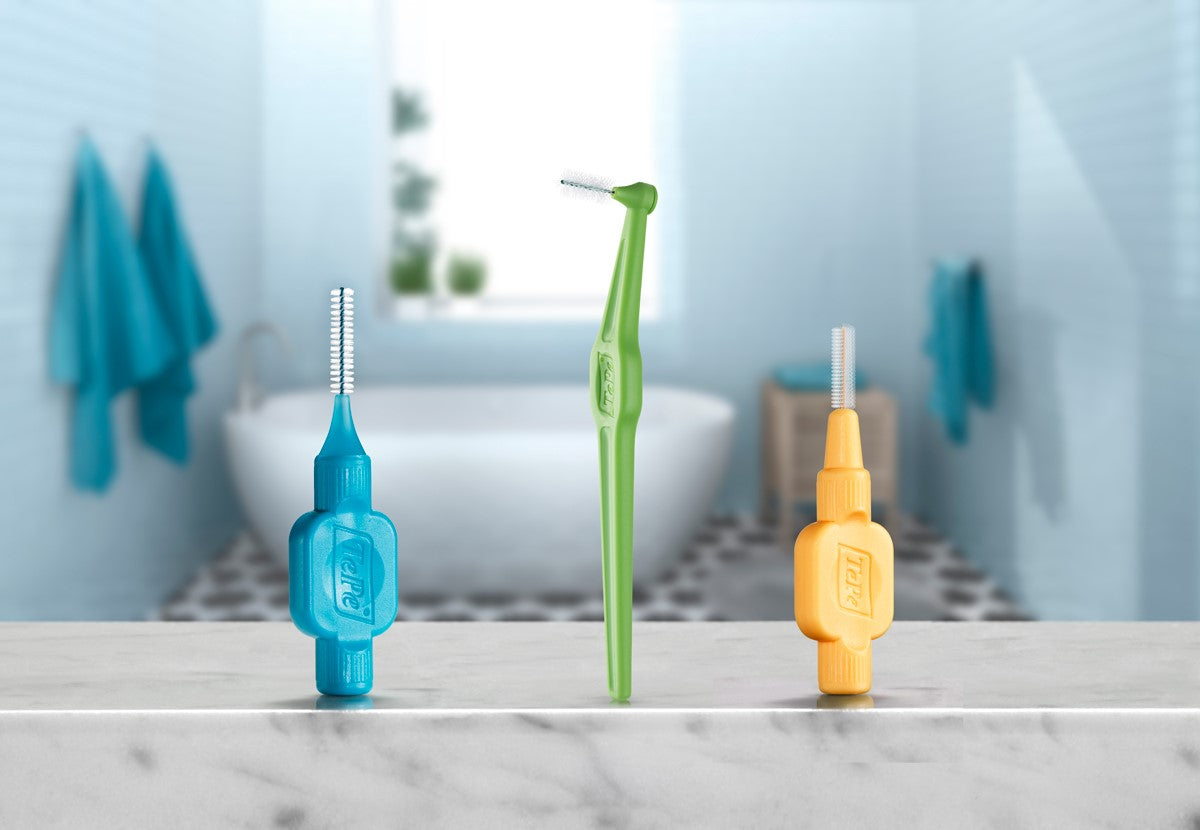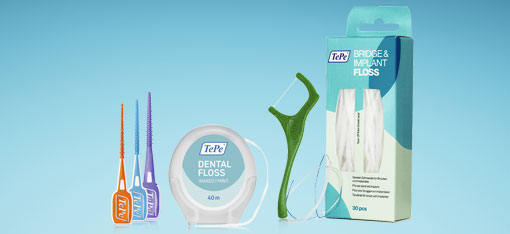Implant maintenance – fundamental for preventing peri-implant disease

By: Anna Nilvéus Olofsson
DDS Specialist Pediatric Dentistry Odont. Lic.,
Manager Odontology and Scientific Affairs, TePe
Dental implants have revolutionized dentistry, but, as is well-known, this
is not without complications. On a yearly basis, approximately 12 million implants are placed globally, meaning that there is a large population of patients at risk of developing peri-implant disease. To create the best conditions for a long-lasting result, these patients all need individualized maintenance care, based on a thorough risk assessment.
Laying the foundation for implant success
It is important to keep in mind that the implant treatment begins even before the actual placement of the implant. First, it needs to be decided whether rehabilitation with dental implants is the best treatment option for this specific individual. Second, it needs to be assured that supportive therapy is readily accessible. It is critical to inform the patient about the need for life-long maintenance and optimal self-performed plaque control, as well as potential risks. Thus, the foundation for a successful treatment outcome is laid already at this stage.
Prevalence of peri-implant diseases
The mere placing an implant in the oral environment poses a risk for disease development, due to the build-up of a biofilm at the implant surface, and peri-implant diseases are common. Peri-implant disease is a collective term for peri-implant mucositis, an inflammatory lesion that resides in the peri-implant mucosa, and peri-implantitis, a condition also involving the supporting bone. On a patient level, the prevalence of peri-implant mucositis is reported to be 18.5-74.2%, and the corresponding figure for peri-implantitis is 8-28%. The inconsistency in prevalence figures between studies is reportedly due to differences in study design and disease definitions.
Individually tailored maintenance is crucial
The prevention of disease development or the recurrence of disease must always be the primary goal of a maintenance program. Such a programme needs to be individually tailored to the patient’s risk profiling, which should also be re-evaluated over time. Poor oral hygiene and cigarette smoking
are repeatedly mentioned as risk factors for the development of peri-implant disease. A history of periodontitis and on-going periodontitis are also considered risk factors, although patients successfully treated for periodontitis who adhere to a periodontal maintenance program need not automatically be classified as risk patients. Other risk factors are submucosal residual cement, poorly controlled diabetes, and having more than three dental implants.
There is no consensus concerning the ideal interval between recall visits during the maintenance phase. The optimal interval obviously differs with the risk profile of the patient, as well as the patient’s capability of performing oral home care in accordance with the recommendations. While educating the patient starts already before placing the implant, it is of utmost importance to ensure that education is prevalent throughout the maintenance program in combination with coaching.
Assessing the level of oral hygiene
At the maintenance visit, it is of great importance to assess the patient’s level of self-performed oral hygiene and look for signs of disease such as redness and swelling, as well as bleeding on gentle probing, which, according to several sources, is the key parameter for diagnosing peri-implant mucositis. Detecting early signs of peri-implant disease is of considerable concern to avoid progression of the disease. Peri-implant mucositis is a reversible disease, but, if left untreated, it can progress into a much more difficult to treat case of peri-implantitis. The treatment of peri-implant mucositis consists of mechanical debridement of the implant surface, reinforcement of optimal oral hygiene, and, possibly, antiseptic rinses as adjunctive therapy.
Risk and success factors
Control of the biofilm building up at the implant surfaces is significantly important for peri-implant health. According to studies, poor oral hygiene is considered one of the most critical risk factors for the development of peri-implant disease, whereas good plaque control is one of the most important factors for success and predictability of peri-implant treatment. There are also indications that a stronger inflammatory response will occur in the peri-implant mucosa due to plaque accumulating around implants, compared to the tissue reaction to plaque build-up around natural teeth. Animal studies also show support that the lesion will be more severe in the peri-implant mucosa than in the tissue around natural teeth.











Leave a comment